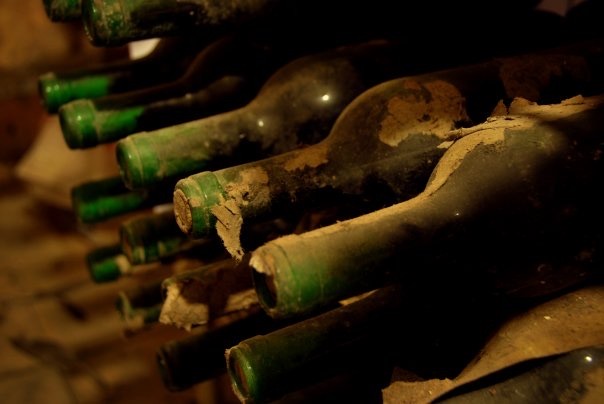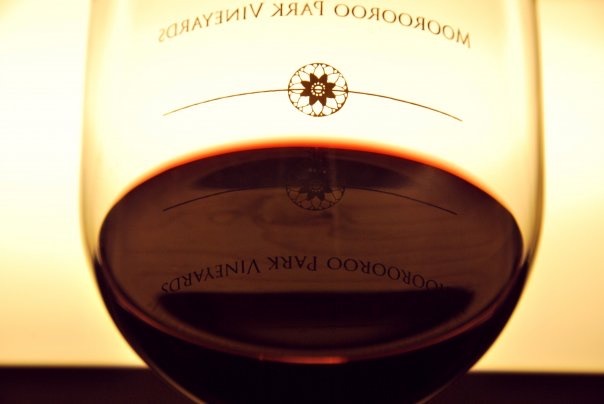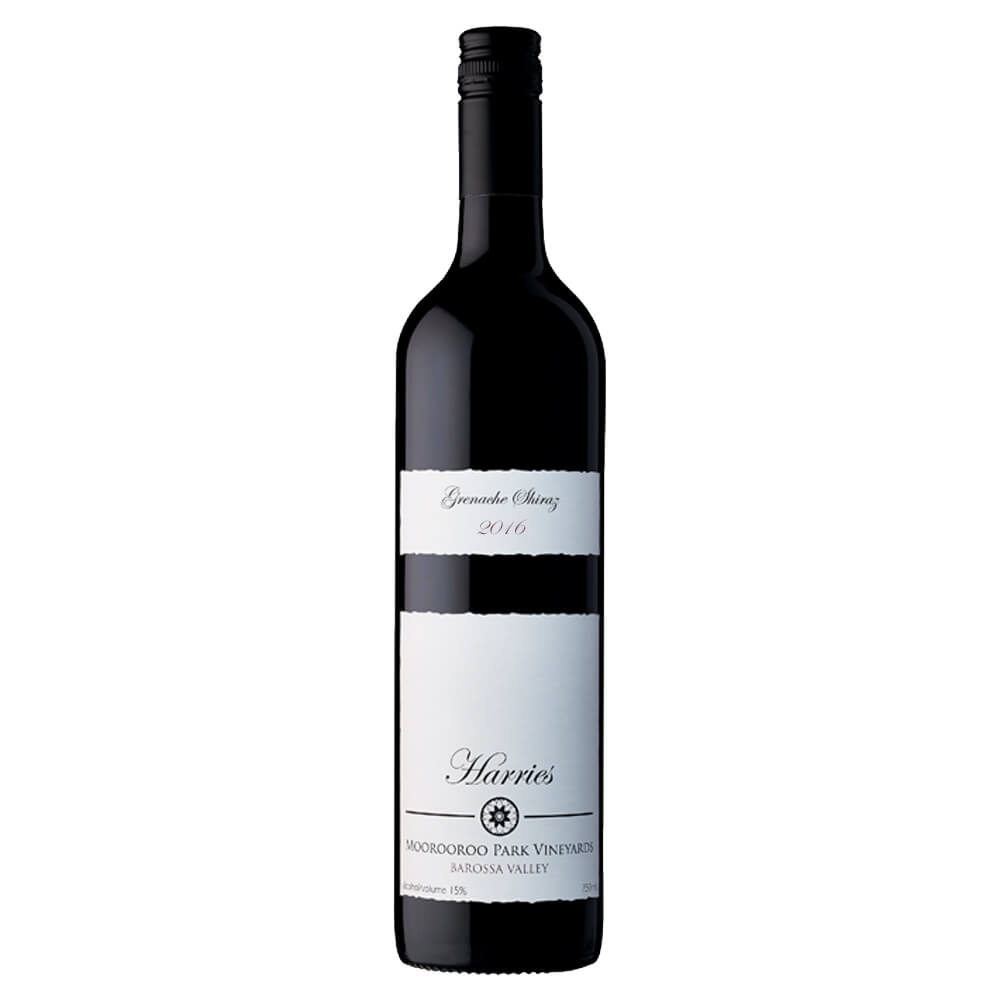
Cellaring Wine
“When a fine wine is allowed to age, spectacular changes can occur which increase both its complexity and monetary value.” (Robinson et. al. 2015) Even so, the vast majority of wines are consumed within a short time of purchase, many on the very same day. So should we be bottle ageing our wines? How do we select which wine is worthy of a space ageing in our cellar? And how do we ensure optimal cellaring conditions?
“Every time you drink an ordinary wine, you are smashing a great one against the wall.” -Len Evans
Contrary to the above quote most wines are not made to be aged at all, producers understand that cellaring is a luxurious pastime that only very few have the circumstances to indulge in. It is only a small group of fine wines that will benefit from further ageing in bottle. Therefore a safe bet is that most of the wine you buy will be best if consumed within 1-2 years. As a general rule, the more expensive a wine, the more worthy of ageing.
How can you identify which of your wines will benefit from time in a cellar? Most producers will provide cellaring guides for their wines, this is an excellent indicator that may help you to decide if you’re getting the best out of your purchase by consuming now or by giving it some time. Wines made slowly, exercising patience in each step of the winemaking process, produce wine with more flavour compounds and thus more complexity of flavour. This may be a determining factor for a winemaker in deciding if they have created a wine that will benefit from ageing. Grape variety is a very big factor in the cellar-worthiness of a wine, for example quality Riesling will commonly cellar for 3-15 years, Shiraz for 5-25 but something like Pinot Grigio only up to 2. The amount of time a wine spends ageing in barrel is something for a winemaker to consider. Also, the level of tannins in a wine may help to decide cellaring potential.
“Every time I take a bottle out and drink it, I learn something new, however small, for wine is a living and ever-changing thing.” -James Halliday
As red wine ages, chemical reactions continue in the bottle. Wines that have been made for ageing usually contain larger amounts of acids, tannins and flavour compounds than wines that are made to drink young. With time these components of wine settle and develop, creating progressively less astringency while promoting the development of a wider range of individual flavour characteristics in both the aroma and taste. This is bottle ageing at its best.
“With wine, you open a bottle, share it and you’re guaranteed to have a good time. It beats collecting stamps.” – Rod Doyle
All of your efforts to enhance a wine through bottle ageing will be fruitless, though, if you don’t have the proper conditions to cellar wine. Dramatic temperature changes will damage wine and may cause it to spoil entirely. Creating an environment with a consistent temperature is the paramount thing to consider when cellaring wine. The general rule is the lower the temperature, the slower the time to maturation. 10 to 20 degrees Celsius is acceptable for wine storage with 13 degrees widely accepted as the optimal temperature. A few other factors to consider, light is bad for wine so store wine in a dark place, smells can affect wines that have been bottled under cork and humidity is important, if your storage is too damp you may end up with mouldy labels while storage too dry will eventually damage corks. Wine also doesn’t love being moved about so your storage system will have to take that into account as well.
All that being said, there really is no reason to get too worried about cellaring wine. Young wines are usually delicious, vibrant and full of fruit flavour. Our palates are often more trained to appreciate young wine too. The very best of fine wines when matured properly through bottle ageing are wonderful examples of flavour, texture, length and balance. But as these wines make up probably less than 10% of wines being produced today, your patience needs only extend 1-2 years, usually much less for whites and rosés.
“Some winemakers have adapted their techniques so that their wines have the capacity to age but are nevertheless approachable much earlier.” (Robinson et. al. 2015) This is the approach we take at Moorooroo Park Vineyards. With an average of 4 years barrel maturation, Wyndham certainly exhibits the patience required to create wines with layered complexity and massive potential for further bottle ageing. However, while our wines are relatively young they display fruity vibrancy and minimal astringency with finely balanced tannins. We’re proud of our release policy, we don’t release the wines to you until we’re already drinking them. Our wines are ones to watch as they develop and soften as the years progress, but if you’re planning on drinking them right now you’ll be rewarded with boldness and intensity.
We hope we’ve been able to bring you some interesting information that enhances your drinking experience!
-Henschke. “Cellaring Wine“. https://www.henschke.com.au/vintage-guide/cellaring-wine/. 2021.
-Halliday. “Why Cellar Wine?” https://www.winecompanion.com.au/resources/cellaring/why-cellar-wine. Amelia Ball. 2021.
-Penfolds. “Cellaring Your Wine“. https://www.penfolds.com/en-au/wines/wine-advice/cellaring-your-wine. 2021.
-“The Oxford Companion to Wine”. Jancis Robinson and Julia Harding. Oxford University Press. 2015.
-“The 24-hour Wine Expert“. Jancis Robinson. 2016. Abrams Image, an imprint of ABRAMS.


In Bottle
2016 Harries Grenache Shiraz is our smallest ever vintage of Harries, just one barrel. It has a perfumed aroma with layers of raspberry and blackcurrants. The palate has classic Harries characteristics, harmonious balance, finely integrated tannins and a soft consistency. It is peppery and spicy while maintaining its fruit forward vibrancy. It finishes clean and round with just a hint of cherry.

We can’t say it enough, thank you so much for your ongoing support!
Stay safe.
